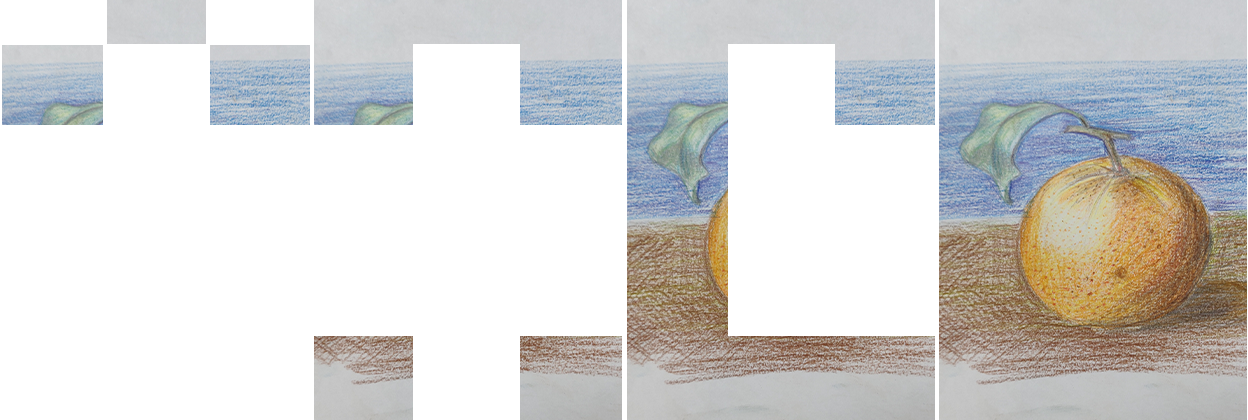Technology strategy
Why products fail: five tips for product teams





 Figure 5: A component team approach to painting
Figure 5: A component team approach to paintingDisclaimer: The statements and opinions expressed in this article are those of the author(s) and do not necessarily reflect the positions of Thoughtworks.
